World Car Free Day: Promoting Active Travel
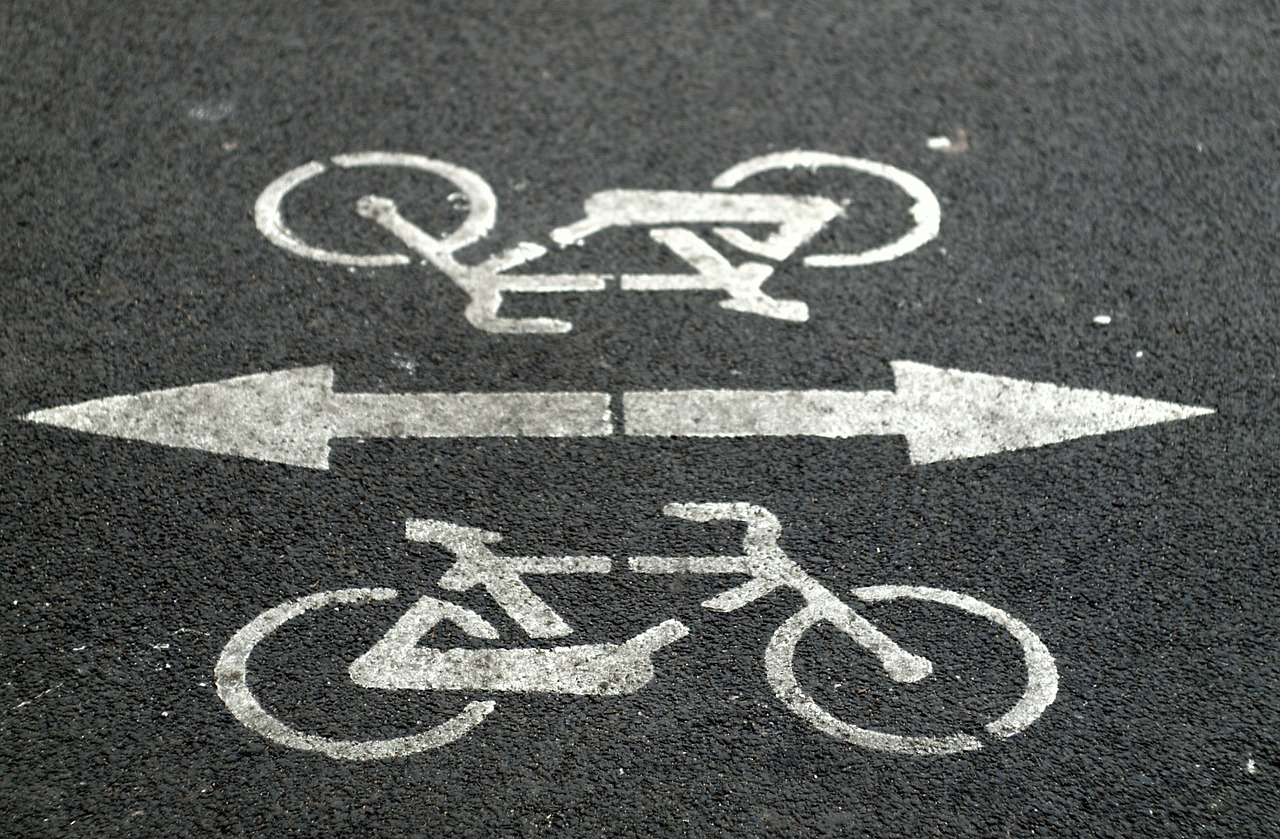
Encouraging active travel
We need to reduce emissions for the benefit of pollution levels and net zero, and to encourage people to live more healthy lives by encouraging cycling over driving.
Evidence shows that quieter streets with less traffic are overwhelmingly popular, and support for this increases once schemes have been implemented and people see the benefits. This is backed up by research from Cycling UK. Given the cost-saving advantages, this knowledge should be welcomed by local authorities and central government alike.
In Denmark economic analysis is a mandatory decision-making tool for all major infrastructure projects funded by the State. The Danish Ministry of Transport follows a manual for the delivery of economic analysis in the transport area, calculating the cost-benefits of cycling infrastructure and cycling measures.
Below is a table of the unit prices for cycling, cars and walking for 2018.
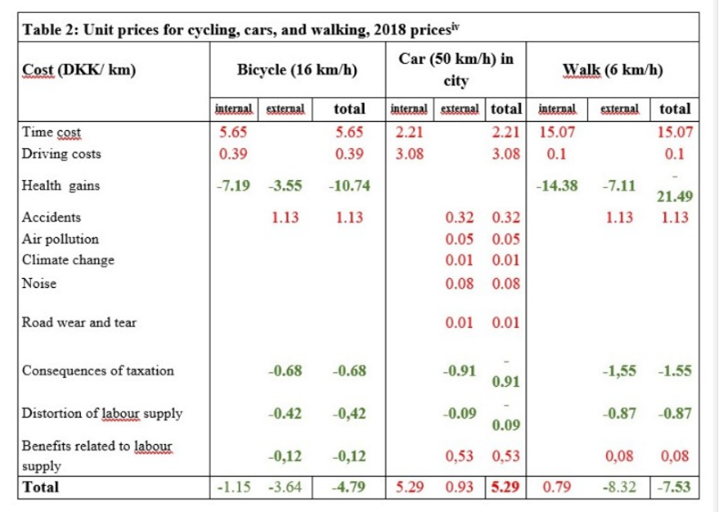
The table illustrates that when all factors are calculated, society gains DKK 4.79 (€0.64) per kilometre cycled, primarily due to the large health benefit, whereas it costs society DKK 5.29 (€0.71) for every kilometre driven by car.
This means that the economic cost of cycling is much lower than the cost of car transport (if the car contains fewer than two passengers). On the basis of these figures, Denmark saves 10 DKK per kilometer when people cycle rather than drive.
|
- |
4.79 DKK per kilometer cycled (€0.64) |
|
- |
5.29 DKK per kilometer driven by car (€0.71) |
|
= |
-10.08 DKK in cost reductions (€1.38). |
So, it is ironic that, according to Cycling UK, funding for cycling and walking here in the UK was cut by 75% in May 2023. And therefore, local authorities should consider that one of the most cost-efficient ways to create safer cycling and walking routes (and to meet government targets) is the creation of ‘liveable neighbourhoods’ – the very initiative that Rishi Sunak’s July speech objected so strongly to.
How data can support political actions – Copenhagen and Trondheim
Using research data to make better decisions is key. Architects and urban designers know the powers of this tool. A successful example of where data has influenced political actions is Copenhagen.
Copenhagen is a city which has changed dramatically over the past 40 years. It used to be dominated by cars but now citizens mostly move around on bicycles or on foot. Evidence shows that when cycling and pedestrian infrastructure is provided, more people use it. However, people did not agree with this change immediately in Copenhagen. The argument was that it did not fit with Danish culture: “We are not Italians!” was the slogan. The obvious lack in Copenhagen of the kind of urban culture that can be found in the Mediterranean, where people meet, stand talking, and sit outside restaurants, was evident.
Could the same 1960s mindset in Denmark at the time apply to our current British politicians over 60 years later?
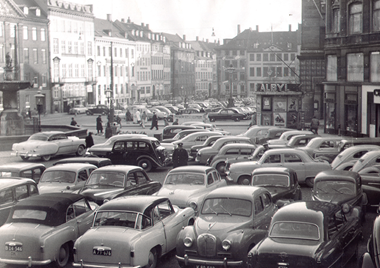
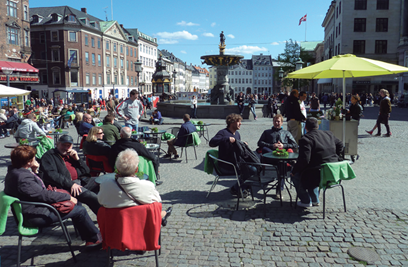
Data about people and their behaviour, and willingness from politicians and local authorities to invest, is one of the key reasons for Copenhagen’s biking success today. Researchers with architectural, socio-economic and urban design backgrounds collected the data for over 40 years and together with local authorities have actively been using evidence-based research to push through for change.
Denmark is now famous for its bicycle culture. However, one of the questions often posed by foreign visitors is what happens in winter?
The bike is the primary means of transport for many Danes and is associated with freedom and flexibility. Therefore, the weather is not perceived as an obstacle. As such, it should not be perceived as one in the UK either. The advantages of cycling simply outweigh the hassles of cycling in the rain or snow. However, maintenance of infrastructure is crucial and requires a budget.
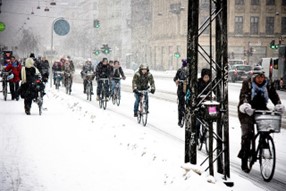
Inexpensive and yet effective interventions took place 30 years ago in the city of Trondheim, Norway.
The bicycle lift named “Trampe” was installed on one of the steepest hills in the city. Opening in August 1993, this was the first and only bicycle lift in the world. Trampe annually carries 20-30,000 cyclists up the hill throughout the year. Up to five people can take the lift simultaneously, and it is free to use.
Presenting positive solutions
With more investment in cycle and pedestrian paths, as seen in Copenhagen, perhaps more people would consider exchanging their car for a bicycle, at least some days a week?
People often make use of what is there for them when it is there. As designers, we have the power to present the opportunity of networks of high-quality infrastructure that encourage cycling. We have a responsibility and can influence the consideration of movements through a site as well as connectivity between a site and its surrounding area. Designers know that for large scale, new developments in suburban and rural areas, allowing the delivery of sustainable and affordable transport infrastructure in the right places, a mix of high-quality homes to meet local need, and creating low carbon lifestyles by integrating green travel options that boosts walking and cycling.
A good example of a good infrastructure project in the UK is The Waterbeach Greenway, in Cambridge, a 6.8-mile cycle route which will be ready within the next two years and is described as, ‘an active travel route to make it easier for walkers, cyclists and horse riders to travel from Waterbeach into Cambridge.’
Such projects make it simpler for people to travel in a pleasant and sustainable way and help make their local journeys easier.
Another project that influenced behavioural change towards walking and cycling is New Road in Brighton. When it was commissioned by Brighton and Hove City Council New Road had become increasingly run-down – dominated by the needs of vehicles rather than people. As a result, it was relatively inaccessible and ignored, with areas drowning in traffic congestion.
Scandinavian design consultancy firm Gehl Architects and landscape architects Landscape Projects conducted a ‘Public Space/Public Life Survey’, using data and analysing the urban structure, movement patterns, and open-air activities to provide advice on improvement.
The design of the street emphasizes pedestrian and cyclist priority and promotes driving at low speeds. Drivers are transitioned to the street across a textured rumbled strip, whilst the surface is carefully detailed to hint at how people should arrange themselves.
Since its opening, traffic levels in the street have dropped by 93%, whilst cycling and pedestrian numbers have risen by 22% and 162% respectively. In addition, there was an increase of 600% in lingering activities, which has resulted in an increased contribution to the city’s economy, and 86% of residents in Brighton would like to see this elsewhere.
Conclusion
Sixty years ago, the people of Copenhagen thought that their climate and culture was not Mediterranean enough to facilitate active travel and café culture. Now Scandinavia is renowned for both. And so, if Copenhagen, with an average annual temperature of 8.9C can achieve this, so can the UK.